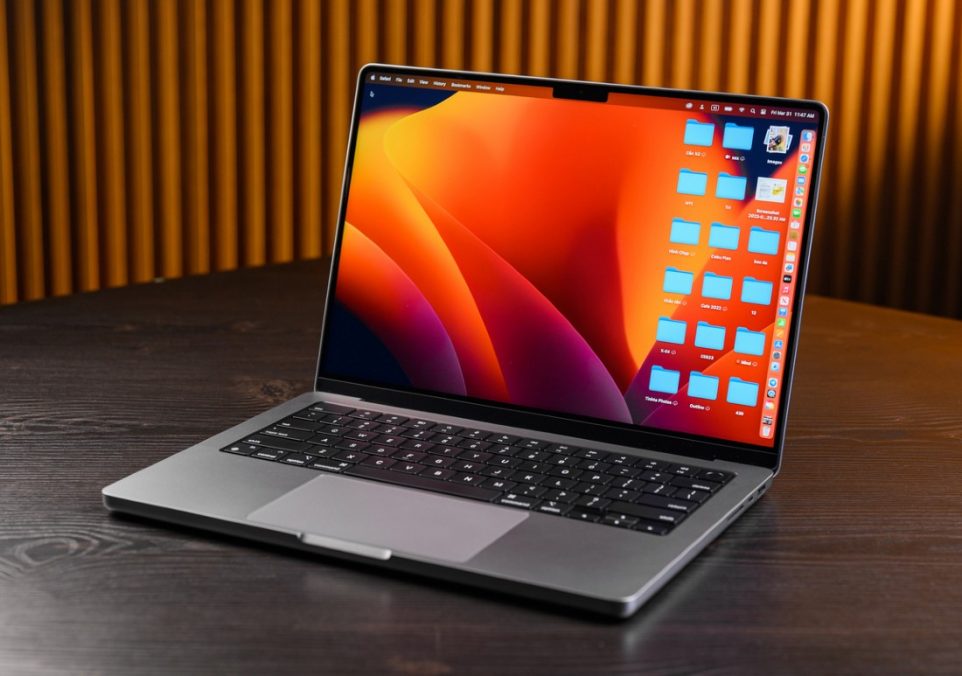Macbook Pro Keyboard Replacement: What To Look for When Your Keyboard Gives Out

If you own a MacBook Pro, you know how important the keyboard is. Without it, you won’t be able to type or access the web, and your computer will become virtually useless. Unfortunately, after a few years of use, your keyboard can start to give out, which can be frustrating.
That’s why it’s important to know what to look for when shopping for a new keyboard. In this post, we’ll discuss the different features to look for in a MacBook Pro keyboard replacement so you can find the right one for your needs. We’ll also provide a few installation tips and tricks to get your new keyboard up and running.
Overview of the MacBook Pro Keyboard
The MacBook Pro keyboard is a reliable device that has seen countless users over the years. It has been a favorite among writers, designers, coders, and gamers. Necessary for everyday tasks such as typing, using applications, gaming, or entering commands, the notebook’s keyboard is a crucial piece of equipment. External wear and tear can cause problems with the laptop’s keys or even cause them to stop functioning altogether.
When To Replace a MacBook Pro Keyboard
When considering whether to replace your MacBook Pro keyboard, look for signs that indicate a failing keyboard, such as keys not registering keystrokes or not responding to user input. The keys may become unresponsive due to dust buildup or hardware issues within the laptop. If your keyboard is experiencing any of these issues or keystrokes are only partially registering, it’s likely time for a new keyboard.
How To Select a New Keyboard
When selecting a new keyboard for MacBook Pro, ensure the replacement part is compatible with your particular device model. This can be done by checking the application number on the back of the device against an online database of parts specific to MacBook Pros. There are various types of keyboards to consider, such as standard or backlit keyboards with different levels of brightness and color options.
Installation Process
Once you have selected the appropriate replacement part for your machine, the installation is straightforward. Power off your computer and open its cover using a set of precision screwdrivers and plastic clips. Remove the existing keyboard by disconnecting any cables connecting it to the device and carefully removing it from its position within the laptop body. Place the new keyboard in its place while ensuring all cables are connected correctly and secured tightly within their respective ports so as not to damage them or prevent them from performing correctly once installed in their home positions. Close the laptop’s cover before powering it back on and testing its new keyboard.
Troubleshooting Issues
After installing your replacement panel, if some of its keys aren’t functioning correctly, there could be several potential causes, such as loose connections between internal components or faulty wiring within its circuits. To fix this issue, ensure all connections within your device’s internal circuitry are secure and tight before attempting other troubleshooting methods, such as software resets or reinstalls through system preferences, to rule out any potential software-related issues. If all else fails, it may be best to seek help from an experienced professional who can diagnose any hardware-related issues within your device’s circuitry.
Replacing a MacBook Pro keyboard can seem daunting, but with the appropriate information and tools, it can be a relatively simple job. Be sure to determine which type of keyboard is best for you, read up on the installation process, and have the right tools on hand. If you find that your keyboard for Macbooks is still not working after installation, don’t hesitate to seek the help of an experienced specialist. With the right replacement part and care, you can have a fully functioning laptop that will last for years.
Your Trust, Our Core Commitment
At Rising Tech, earning and maintaining your trust is the cornerstone of our mission. We're dedicated to transparency, impartiality, and the relentless pursuit of truth in every article, review, and recommendation we publish. Our commitment to these principles ensures that you, our valued reader, are always equipped with reliable and unbiased information. Let us be your trusted guide in the ever-evolving world of technology.